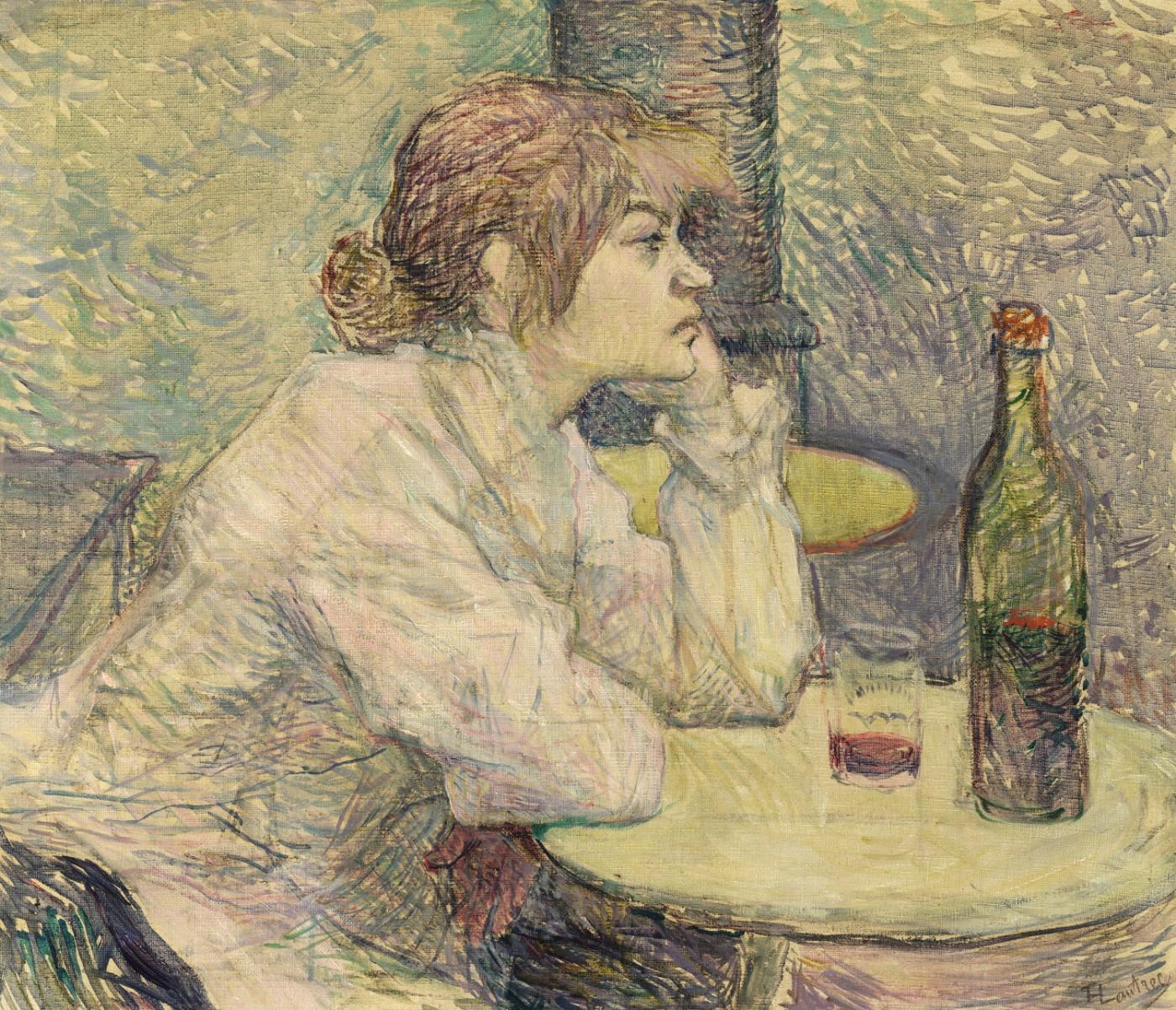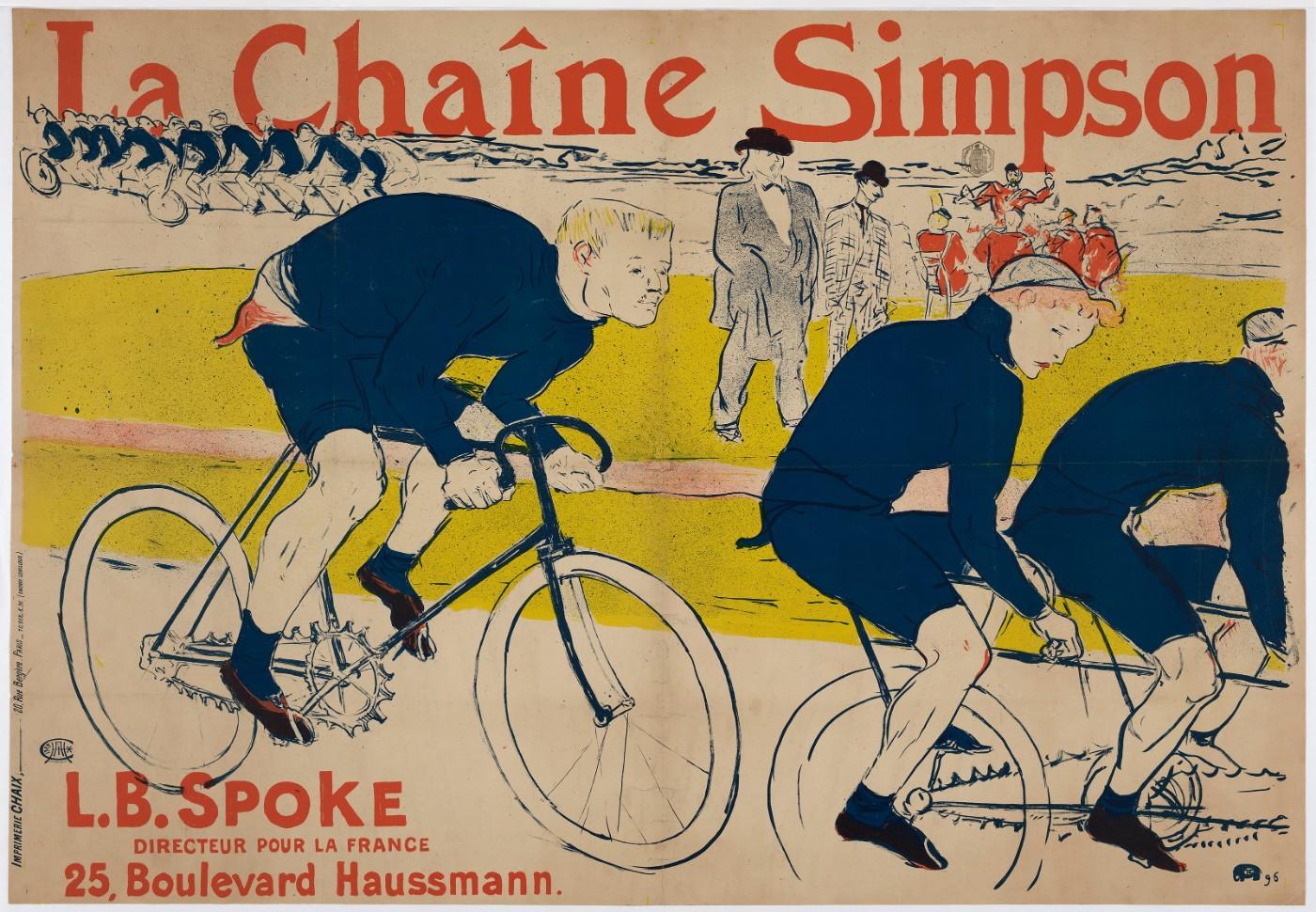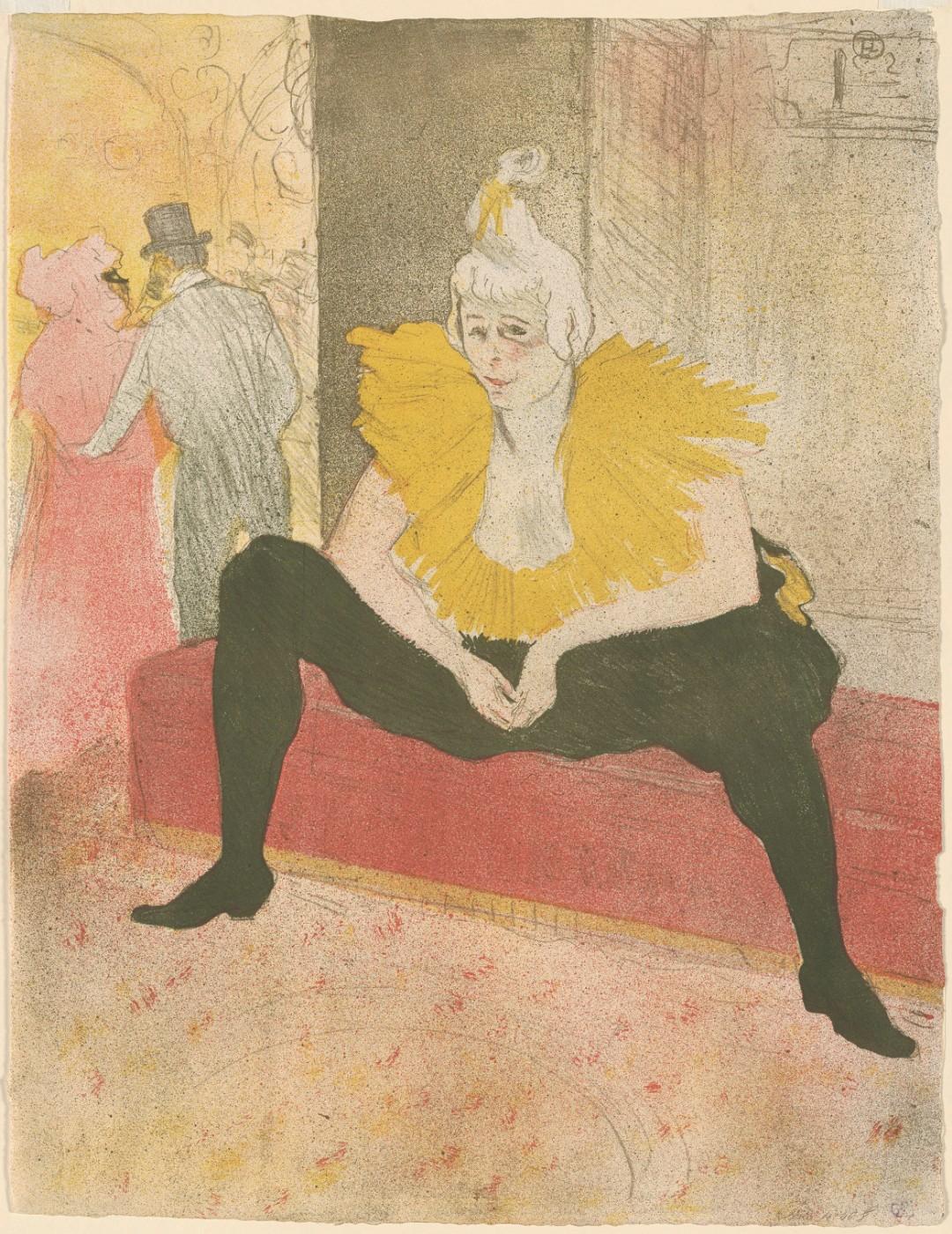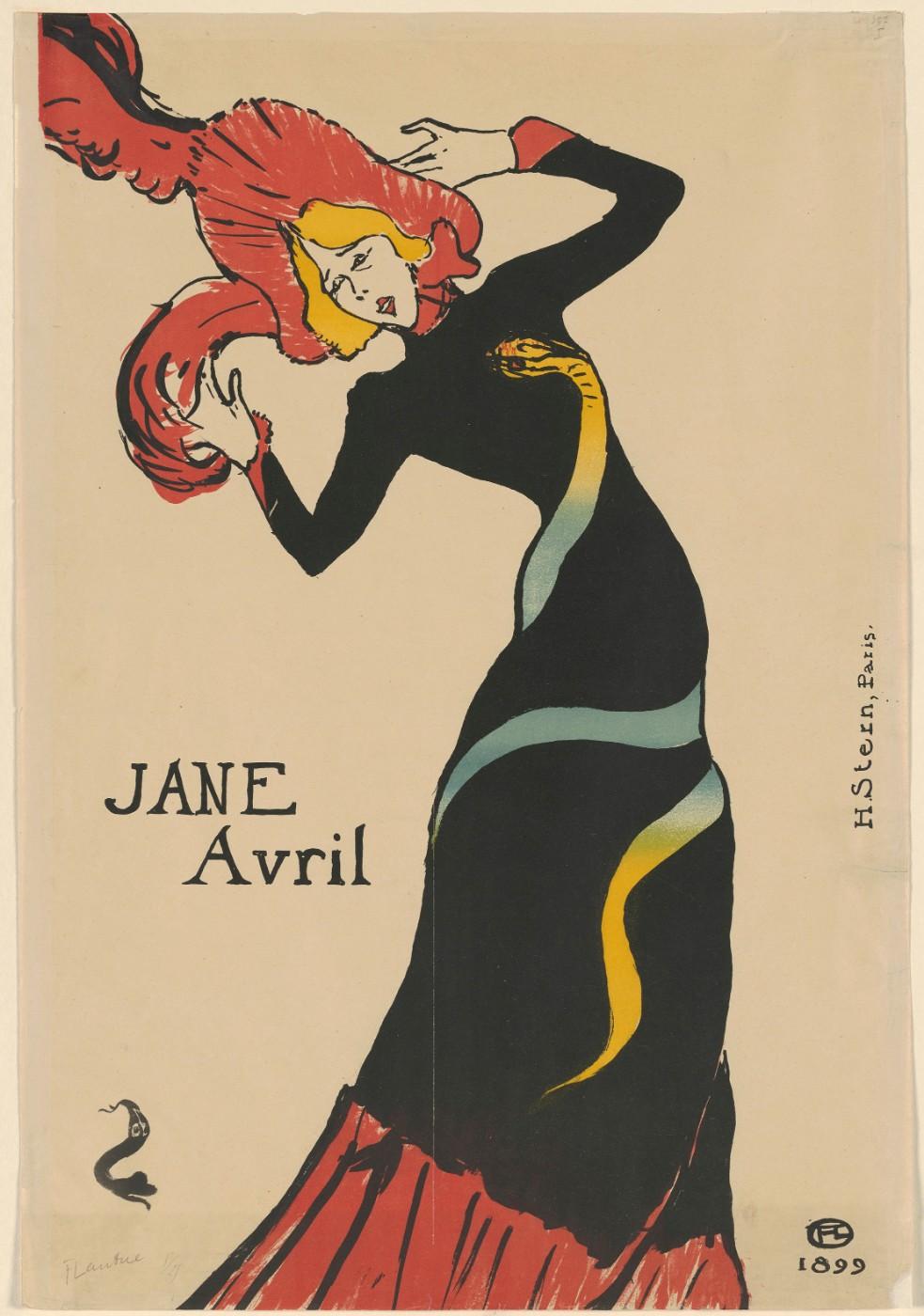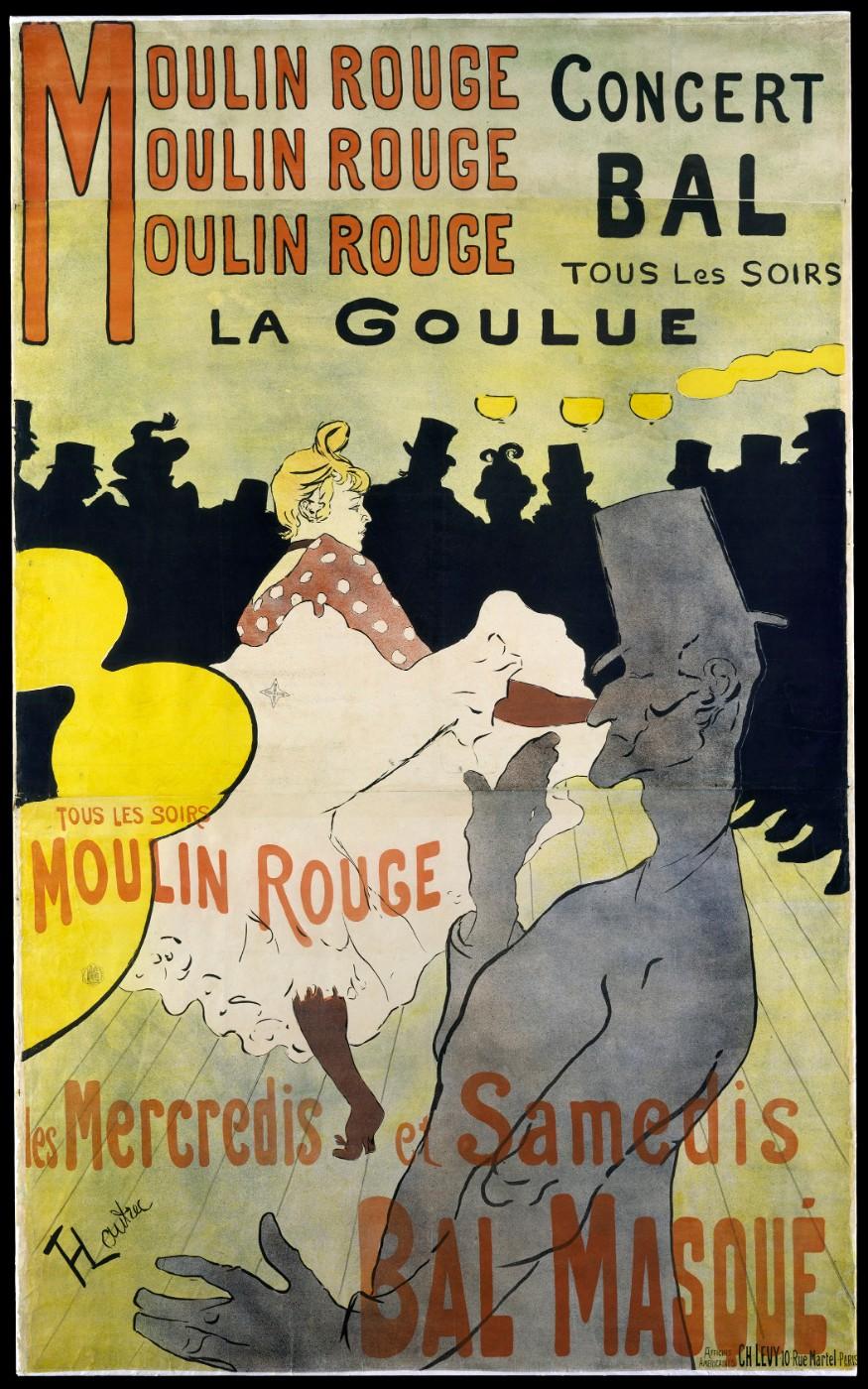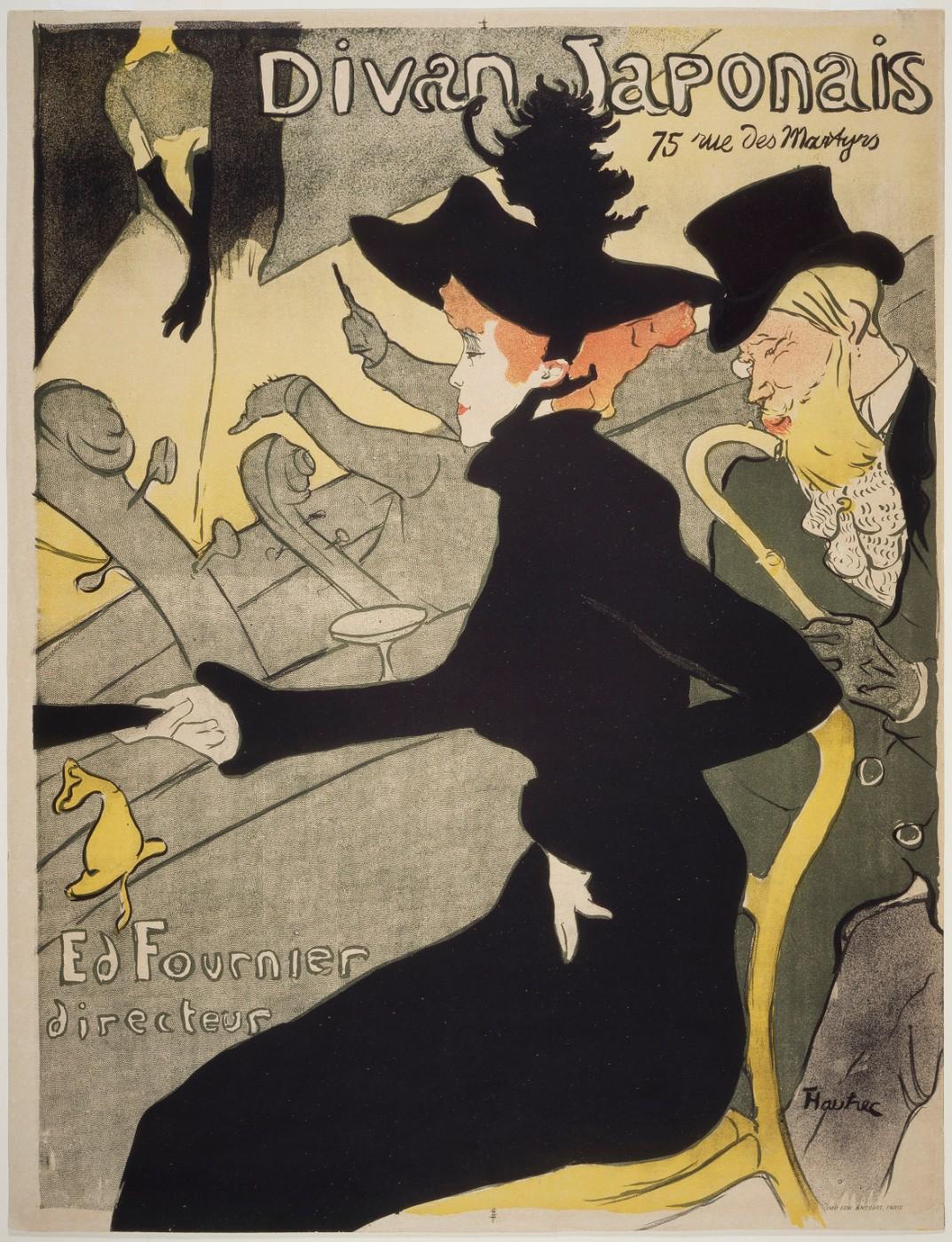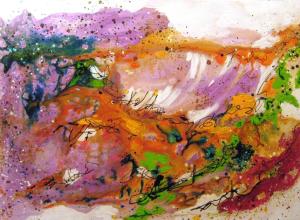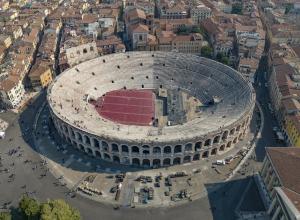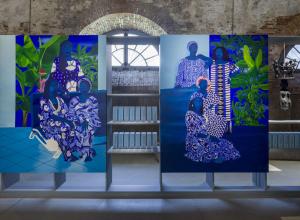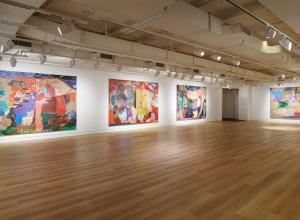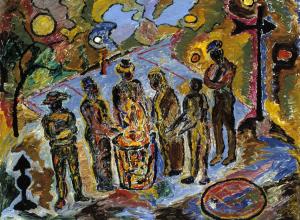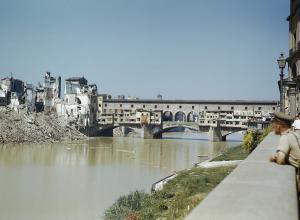A Creative Life acquaints visitors with Toulouse-Lautrec, his artistic journey and his keen ability to record an impression with a few quick strokes on paper. He began drawing as a boy, encouraged by his father and uncles, all of whom were talented amateur artists. His early studies—many of which are exhibited for the first time—focused on horses and people, subjects that would fascinate him throughout his life. After moving to Paris from the south of France in 1882, he studied with academically trained painters, but soon became interested in the avant-garde—especially the work of Edgar Degas, whose Racehorses at Longchamp (1871, possibly reworked in 1874, MFA) is on view. Three early mature paintings by Toulouse-Lautrec are also featured, two of which are shown together for the first time in many years: the MFA’s At the Café La Mie (about 1891) and The Hangover (Suzanne Valadon)(1887–89), on rare loan for three months from the Harvard Art Museums. The works in this section illustrate the artist’s experimentation with a variety of media, including lithography, which became one of his main vehicles for expression. A lithographic stone used by Toulouse-Lautrec is shown alongside two of the prints (or “impressions”) that it produced, offering insight into the artist’s technique.
Paris by Day and Night explores the city’s changing landscape during Toulouse-Lautrec’s lifetime. In the second half of the 19th century, old neighborhoods were razed to make way for new buildings, department stores, grand boulevards, omnibus transportation and public parks. By day, Paris bustled with fashionable residents, while by night, it earned its title as the City of Lights, with new forms of electric lightning and entertainment. Excerpts from recently restored films by the Lumière Brothers (courtesy of Institut Lumière) show views of Paris around 1900, which are also depicted in paintings of modern life by Pierre Bonnard, Mary Cassatt, Robert Henri and James Jacques Joseph Tissot, as well as prints by Edgar Degas, Maxime Lalanne, Auguste Lepère, Henri Rivière and Jacques Villon. Additionally, this section includes Toulouse-Lautrec’s advertising posters, which promoted a variety of products, services and venues, from paper confetti and bicycle chains to photography studios and literary magazines.
Behind the Scenes highlights the Elles portfolio (1896, BPL), one of the great achievements of Toulouse-Lautrec’s career. Shown in its entirety and in incredible condition, the series chronicles with unusual sensitivity the daily habits of women living in a Parisian brothel. Toulouse-Lautrec himself lived in brothels for extended periods of time, befriending the women who lived there and sketching them as they engaged in mundane activities like bathing, grooming or eating breakfast. Additional lithographs on view in this section also depict various moments—from intimate scenes to relatively public scenarios—taking place in what Parisians described as a “half world” (or demi-monde) of sex workers, mistresses and courtesans in their city.
The Show immerses visitors in the nightlife of fin-de-siècle Paris, with images of performers and song sheets for period music. Among the highlights in this section are Toulouse-Lautrec’s depictions of Caudieux, the “human cannonball,” and May Belfort, an Irish songstress known for her signature baby-doll costume and black cat. Also on view are John Singer Sargent’s Rehearsal of the Pasdeloup Orchestra at the Cirque d’Hiver (about 1879–80, MFA) and Pablo Picasso’s Stuffed Shirts (Les Plastrons) (1900, MFA), painted during the artist’s brief Toulouse-Lautrec-influenced phase. The soundtrack for this gallery features a soundtrack that includes the famous Can-Can, from Orpheus in the Underworld, composed by Bedrich Smetana, Jacques Offenbach, Modest Mussorgsky and Pyotr Ilyich Tchaikovsky.
The exhibition culminates with The Stars, an in-depth exploration of six Montmartre celebrities who were made famous by Toulouse-Lautrec: cabaret star Yvette Guilbert; actor, painter and sculptor Sarah Bernhardt; Moulin Rouge dancer Jane Avril; opera performer Marcelle Lender; nightclub owner and performer Aristide Bruant; and dancer Loïe Fuller. This section features popular works by Toulouse-Lautrec, including three rare impressions (two color separations and a final proof) of Le Divan Japonais (1893, MFA), which depicts Yvette Guilbert on stage and Jane Avril as a spectator; Marcelle Lender (1895, MFA), one of his most technically complex lithographs; and two versions of Aristide Bruant in his Cabaret (1893, MFA and BPL), one of his most successful and iconic poster designs. Six rare prints of Loïe Fuller (1893, MFA, BPL and Metropolitan Museum of Art) are reunited in this gallery, each impression featuring a unique combination of colors enhanced with gold or silver powder to mimic the ever-changing visual effects of the dancer’s performances. A recently restored, hand-colored film by the Lumière Brothers (courtesy of Institut Lumière) demonstrates the Serpentine Dance, which was invented by Fuller and performed by manipulating lightweight wands sewn into the hem of a voluminous skirt to create a swirling mass of fabric. The Stars also includes a shadow theater produced to re-create the experience of attending the 1900 World’s Fair; a kaleidoscopic card that creates illusions of movement and changing colors; two “hold-to-light postcards” that can be illuminated by visitors; and a case of chic accessories from fin-de-siècle Paris.




